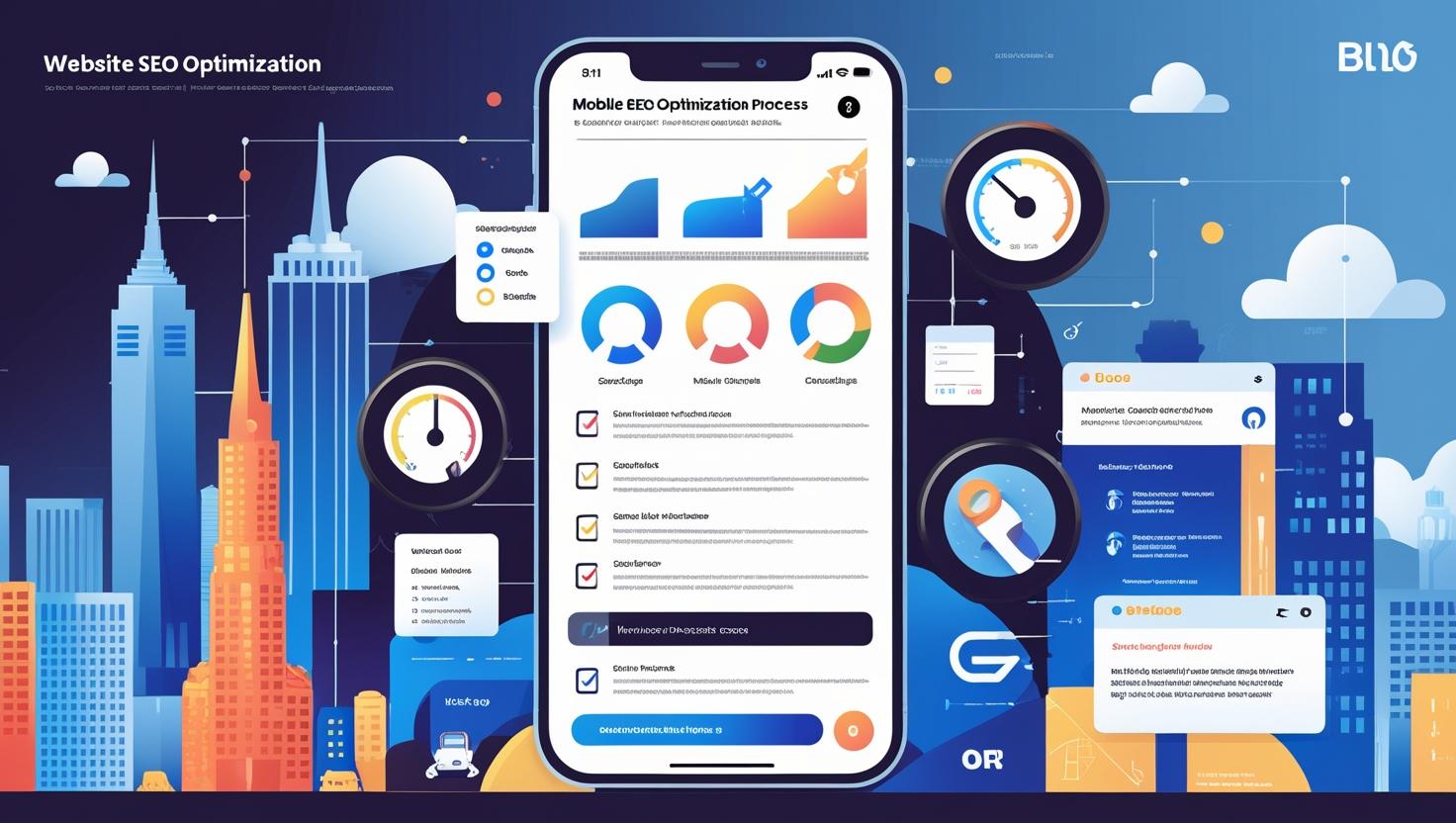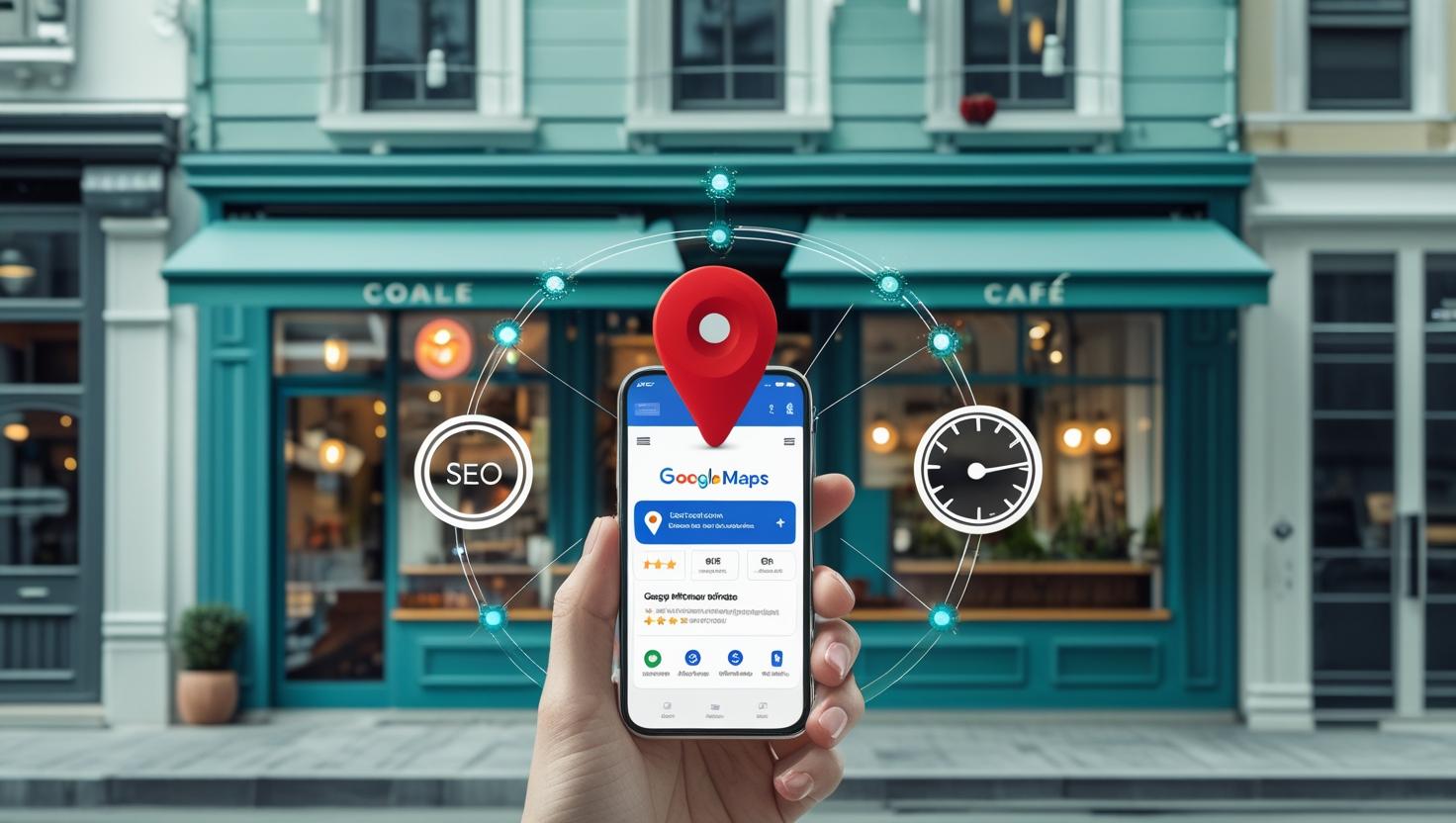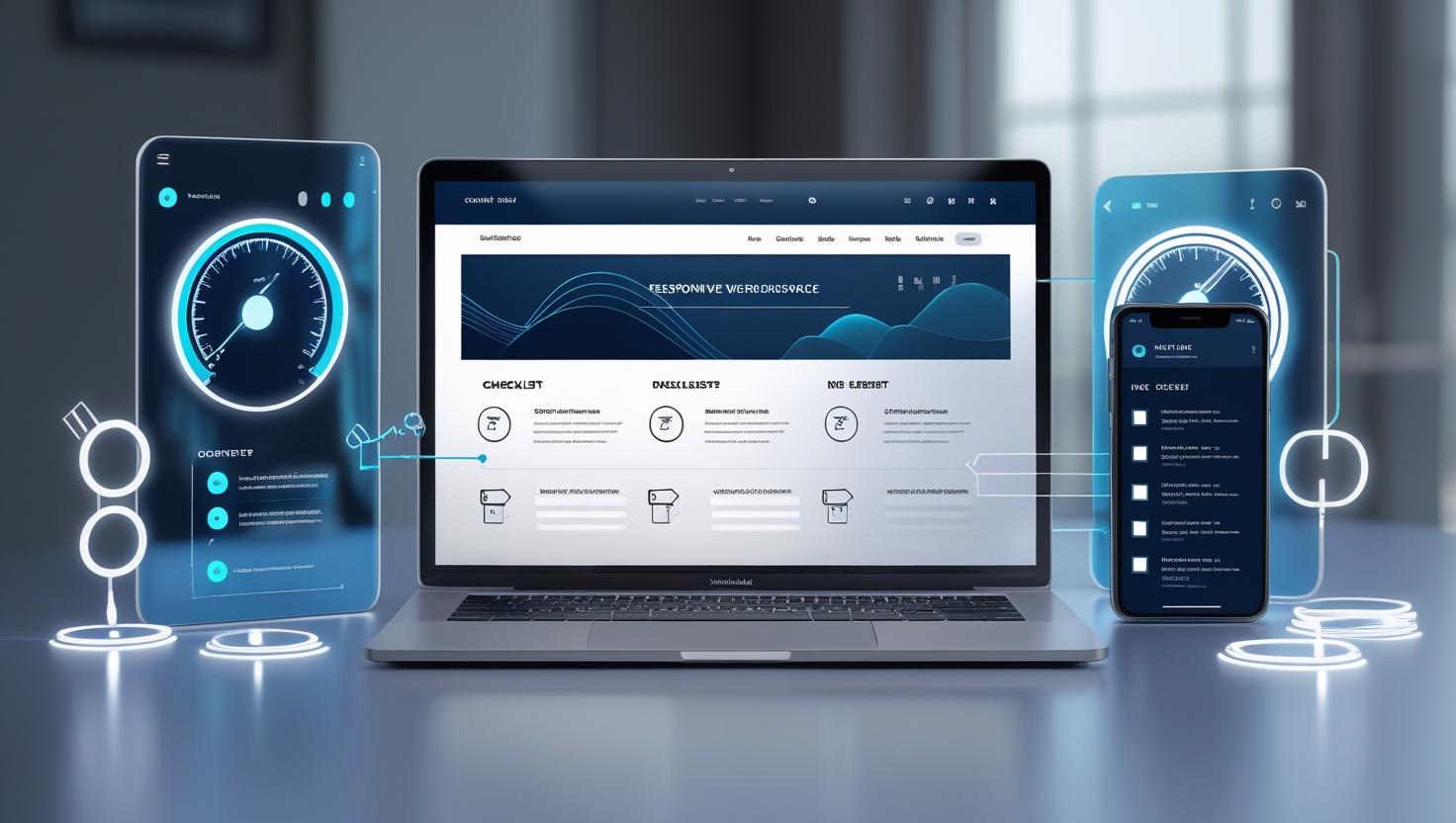
How to Future-Proof Your Website for Google’s AI Search (SGE & Beyond)
Practical, step-by-step strategies for bloggers and site owners in the USA, Canada, Europe, Australia, and Norway — beginner friendly.
Web Write Tech: Imagine your site being the trusted source Google’s AI cites when a user asks a question. That’s possible — but it requires a shift from old SEO habits to future-ready practices.
This guide by Web Write Tech explains what Google’s Search Generative Experience (SGE) means for your website and shows exactly how to prepare — with checklists, tools, and FAQ you can act on today.
Quick Definition: What is Google’s AI Search (SGE)?
Google’s AI Search (including the Search Generative Experience or SGE) uses generative AI to produce conversational answers and summaries directly inside search results. Rather than only listing links, Google may show a generated summary sourced from multiple pages — which makes topical authority, structure, and trust signals more important than ever.
Why Future-Proofing Your Website Matters in 2025
The shift toward AI-driven search changes how users find information. Instead of relying solely on clicks from search results, many queries will be answered directly in Google’s UI. To remain visible, your site must:
- Demonstrate topical authority and consistent coverage of key subjects.
- Serve clear, trustworthy answers that AI can confidently cite.
- Be technically fast, secure, and easy for Google to crawl and understand.
Core Ranking Factors for AI-Driven Search
- Topical Authority — cover core topics in depth and link related articles into clusters.
- E-E-A-T (Experience, Expertise, Authoritativeness, Trust) — show credentials, author bios, and citations.
- Structured Data — use schema (FAQ, HowTo, Article, Product) so AI can locate clear answers.
- Core Web Vitals & Speed — fast mobile load is non-negotiable.
- User Experience — readable layout, scannable headings and clear answers.
Step-By-Step Guide: Future-Proof Your Site for SGE
Follow these steps in order to make meaningful improvements quickly:
-
Map your topic clusters.
Create content pillars (e.g., “AI & SEO”, “Technical SEO”, “Content Strategy”). For each pillar, build 4–8 supporting articles that link back to the pillar page.
-
Audit and update high-value pages.
Find pages that already rank or attract traffic. Update them with fresh data, clear headings, and a short summary at the top that answers the primary search intent.
-
Add structured data.
Implement FAQ, HowTo, and Article schema where appropriate — these help AI extract concise answers.
-
Write with AI search in mind.
Use natural language, answer common questions with short paragraphs or bullet points, and include plain-language summaries for each section.
-
Improve technical SEO.
- Ensure mobile-first indexing (responsive design).
- Optimize Core Web Vitals: LCP < 2.5s, CLS < 0.1, FID/INP low.
- Serve pages over HTTPS and use HTTP/2 or HTTP/3 where possible.
-
Build trust & authority.
Show author bios, cite reliable sources, and earn backlinks from respected publications in your niche.
-
Monitor & iterate.
Track visibility changes in Google Search Console and use keyword tools to see if your content is appearing in AI summaries or featured snippets.
Content Optimization Tactics for AI-Driven Search
Write for Intent — Then Expand
Start each page by answering the user’s question in one or two short paragraphs. After that, provide the “why,” “how,” and examples. This signals to AI that your page contains both a concise answer and in-depth context.
Use Natural Language & Semantic Variants
Include synonyms and related phrases (semantic SEO). For example, if the primary target is “How to optimize for Google SGE,” also use phrases like “SGE SEO best practices” and “AI search optimization 2025.”
FAQs & Q&A Sections
Adding an FAQ section with schema increases the chance your content is chosen for generative answers.
Common Mistakes to Avoid
- Keyword stuffing: Over-optimizing with exact phrases reduces readability and trust.
- Thin content: Short posts lacking depth will be ignored by AI for authoritative answers.
- No schema: Without structured data, AI has a harder time locating your best answers.
- Poor mobile UX: Slow or unreadable pages lose both users and AI attention.
- Ignoring brand signals: Unknown or untrusted sites are less likely to be cited by AI.
Best Tools & Resources (Use These First)
Below are practical, widely used tools that help with AI-search optimization, technical fixes, and monitoring.
| Tool | Purpose | How to Use |
|---|---|---|
| Google Search Console | Monitor search performance & indexing | Check “Performance” for queries and pages; watch for impressions in AI features. |
| Schema App / Rank Math / Yoast | Implement structured data | Add FAQ, HowTo, and Article schema; test in Rich Results Test. |
| PageSpeed Insights / Lighthouse | Core Web Vitals & speed audits | Identify render-blocking resources and slow elements to optimize. |
| Ahrefs / SEMrush | Keyword research & competitor analysis | Find top pages for topics and identify content gaps to fill. |
| SurferSEO / Clearscope | Content optimization & semantic keywords | Use for topic modeling and ensuring semantic coverage for AI. |
| Google’s Rich Results Test | Validate schema & structured data | Test pages to ensure schema is readable by Google. |
Note: Many of these tools have free tiers that are useful for bloggers. Use them to prioritize fixes that have the biggest impact first (speed, schema, and top pages).
Technical SEO Checklist for SGE & AI Search
- Enable mobile-first indexing and responsive templates.
- Serve pages over HTTPS and enable HSTS if possible.
- Optimize images (WebP, srcset) and lazy-load below-the-fold images.
- Minify CSS/JS and use critical CSS to improve LCP.
- Use server-level caching and CDN for global performance.
- Implement structured data for key content types.
Example: Content Cluster for \”AI & SEO\”
- Pillar page: \”AI & SEO: How Generative Search Changes Rankings\”
- Cluster pages:
- \”How to Use Schema Markup for AI Search\”
- \”Writing AI-Friendly Content: A Practical Template\”
- \”Core Web Vitals for AI-Driven Results\”
- \”Measuring AI Visibility in Google Search Console\”
Link each cluster page to the pillar and among themselves using contextual anchor text (e.g., \”see our guide on schema markup\”).
How to Measure Success
Track these KPIs regularly:
- Impressions and clicks for target pages (Search Console).
- Ranking visibility for question-based queries and featured snippets.
- User engagement metrics: time on page, CTR, bounce.
- Number of pages appearing in AI-generated answers (where available).
Pro tip: If impressions grow but clicks drop, it may mean AI answers are serving users — optimize your content to be referenced (concise answers + authoritative citations).
Security & Trust Signals That Help AI Trust Your Site
- Use HTTPS with a valid certificate.
- Show clear contact info and an about page (trust & transparency).
- Prominently display author credentials and editorial policies.
- Use structured data for organization and author.
- Secure user data and show privacy policy & cookie consent (important for EU/UK/Australia).
Myths About AI Search — Debunked
- Myth: AI search will replace SEO completely. Reality: SEO evolves; core principles (authority, relevance, UX) still matter.
- Myth: Schema guarantees inclusion. Reality: Schema helps but doesn’t guarantee AI will use your content.
Frequently Asked Questions (FAQ)
- 1. What is SGE and how is it different from regular search?
- SGE (Search Generative Experience) generates conversational summaries from multiple sources. Unlike traditional search that lists links, SGE aims to provide a synthesized answer inside search results.
- 2. Will AI search reduce my organic traffic?
- It can reduce clicks for simple queries, but sites that provide in-depth, authoritative content and concise answers will still attract traffic — and may be cited by AI results, increasing brand exposure.
- 3. Do I need technical skills to implement schema?
- No — plugins like Rank Math, Yoast, or Schema App make adding FAQ and Article schema simple for most WordPress users. For custom needs, a developer can help implement JSON-LD.
- 4. How long does it take to see results after updating content?
- Changes can be reflected within days to weeks in Google Search Console, but seeing meaningful ranking change can take 4–12 weeks depending on the topic and competition.
- 5. Should I stop writing short blog posts?
- Short posts still have a place (news, quick tips), but for AI search and topical authority, long-form, deeply-researched pillar content is more likely to be referenced.
- 6. Can small blogs compete with big brands in SGE?
- Yes — by focusing on niche expertise, high-quality content, and clear answers. AI values trusted, well-structured information regardless of site size.
- 7. What metrics show if AI is using my content?
- Look for increased impressions without proportional click drops, or being cited in knowledge panels or featured snippets. Some AI rollouts share new metrics — watch Google’s announcements and your Search Console data.
Conclusion — Start Future-Proofing Today
Google’s AI search changes how people find answers online, but it rewards the same core values that good sites have always practiced: clarity, expertise, and helpfulness. By building topic clusters, adding structured data, improving technical performance, and focusing on trust signals, you’ll position your site to be cited by AI — not ignored by it.
Need help future-proofing your site?
Contact Web Write Tech or call +974 7759 73 2
We help bloggers and small businesses adapt to SGE & AI search strategies.
Explorer Web Write Tech
How to Build a Google-Friendly Website in 2025 Leveraging AI for Effective SEO in 2025 Content Writing Services — 2025
Tip: link relevant phrases within your content (anchor text) to these pages to strengthen topical authority.
















